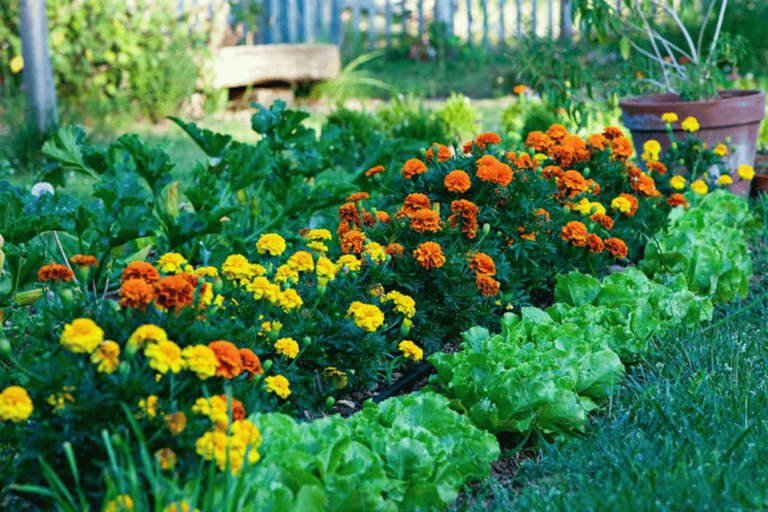Choosing Low-Maintenance Plants for Your Yard
Low-maintenance landscaping is the best way to own a beautiful garden that does not need much time to care for. Choosing your climate and soil-loving carefree plants is another crucial aspect of establishing a low-care garden. Planting native species helps save on water, fertilizers and pesticides because they are adapted to local climatic conditions.
Going Native
Being indigenous, true natives endure the local climate and soil better than most other foreign species; hence, they require less water or fertilizer besides being more resistant to pests and diseases. It makes your landscape sustainable as well as easy to maintain.
Example: You may want to use coneflowers, black-eyed Susans, little bluestem, and switchgrass (native grasses), which adapt well with other indigenous ones while serving as a habitat on which native fauna feed.
Perennial Plants
Perennials must be maintained yearly since they come back annually, making them suitable for low-maintenance gardens. Consider drought-tolerant types requiring less irrigation or disease-resistant variations reducing chemical treatments.
Example: Some popular perennials include daylilies, hostas, and ornamental grasses, which last a long time and require minimal attention.
Incorporating Ground Covers
Groundcovers are used in gardening to reduce weeding, thereby lowering workload while ensuring soil health by holding it together. For example, plants like creeping thyme or ajuga form thick mats covering the ground, thus reducing mulching requirements and frequent weeding procedures.
Example: Creeping thyme is a fragrant ground cover which attracts pollinators like bees but needs no special care. Sedum has colourful foliage and flowers, and it is drought-tolerant.
Time-Saving Tips for a Gorgeous Garden
Consider designing a low-maintenance garden that saves time and applies wise gardening practices. One practical approach is to group plants with similar water, light, and soil requirements. It simplifies watering and maintenance as you will care for each plant group differently.
Grouping Plants
It makes caring for your garden easier since plants are grouped according to their water, light or soil needs. Such practice helps make gardening less challenging since you can water and maintain each plant group according to its specific needs.
Example: Put drought-resistant plants in a sunny area, but moisture-loving ones should be placed in regions with more shade and relatively constant moisture.
Using Mulch
Mulch is an excellent tool for any gardener wanting something easy yet beautiful. It minimizes weed growth, keeps the soil moist, and improves the soil’s health. Biological mulches, like wood chips, bark or straw, decompose, thus adding nutrients over time.
Example: Apply mulch around the stems of your plants; avoid piling it against trunks or stems, which lead to rotting or diseases.
Automated Irrigation Systems
Automated irrigation systems save time in the garden. Using drip irrigation systems is beneficial as they deliver water directly into roots, thus minimizing evaporation plus runoff at the same time. Scheduling watering through timers or sensors based on soil moisture ensures the proper watering of plants when necessary.
Example: Install an effective drip irrigation system with timers and moisture sensors that monitor watering activities, thereby conserving water by providing sufficient moisture to plants.
Minimizing Lawn Areas
Lawns tend to be high maintenance, requiring regular mowing, watering, and fertilizing, among other mows. Consider reducing lawn size while replacing some parts with low-maintenance ground covers, shrubs or even hardscapes like gravel paths, patios, etc.
Choosing Low-Maintenance Hardscaping
Ground covers and stone beds should be used to minimize the lawn area. It is a maintenance-reducing approach that adds variety to your landscape.
Conclusion
Low-maintenance landscaping allows you to enjoy a gorgeous garden without spending too much time and effort. Install an automated irrigation system, choose low-care plants, add hardscapes to your yard plans, and use mulch to make it attractive through low demand. These are some strategies for creating an easy-to-manage oasis of beauty in your home. With careful planning and appropriate plant choices, you can have a lush green garden through all seasons with little attention needed.
Explore More Gardening Tips and Ideas
- Growing Bonsai: Tips for Miniature Tree Enthusiasts
- Buying Bonsai: Tips for Selecting Your Perfect Tree
- Bonsai Potting: Essential Tips for Tree Care Success
- Bonsai Maintenance: Essential Care for Tiny Trees
- Mastering the Art of Shaping Bonsai: A Beginner’s Guide
Source: Landscaping Ideas


